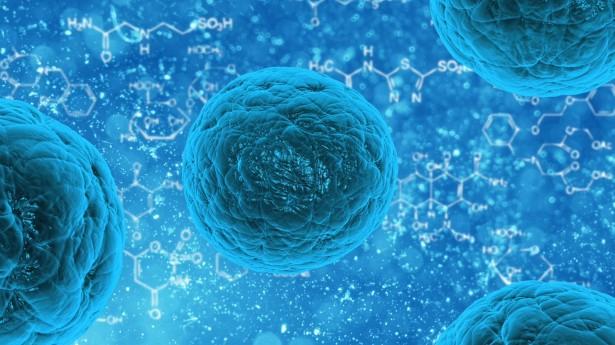Most pharmaceutically interesting proteins are smaller than the threshold value for renal filtration when compared to common plasma proteins. This results in quick clearance and a relatively short half-life of less than an hour, particularly in recombinant antibodies. When the HAPs are attached to protein therapies, their hydrodynamic radius and molecular weight rise, reducing their susceptibility to renal filtration. The active molecule of HAPylation is a repeating sequence of a hydrophobic amino acid rich polypeptide; glycine is typically selected since it lacks a side chain. To improve the solubility, charged amino acids ought to be added to the HAP sequence.
Recurrent hydrophobic polypeptide is used as the active site in HAPylation-based half-life extension, which is different from the conventional half-life extension technique and is more affordable, non-toxic, and biodegradable. Additionally, this approach can produce pure protein therapeutic molecules without requiring further in vitro chemical modification processing, which is compliant with the GMP concept.


